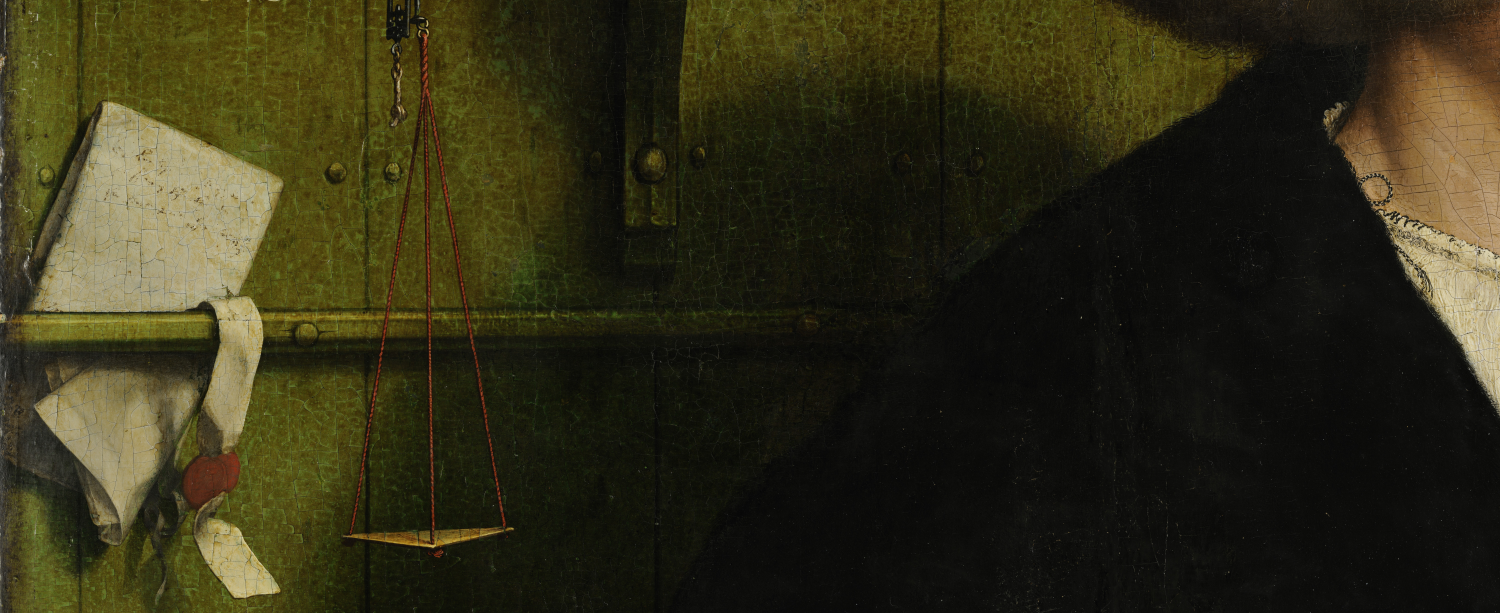Microreviews collected
Justyna Wubs-MrozewiczOverview of microreviews:
1) New Diplomatic History (Watkins)
2) Intergroup conflicts (Bar-Tal)
3) Consumption of Justice (Smail)
4) Astronomer and Witch (Rublack)
5) Comparative diplomacy (Thomson)
6) Secrets and Politics (Jucker)
7) Politics, Mediation and Communication (De Weerdt et al)
8) The Emperor’s Old Clothes (Stollberg-Rilinger)
9) Legal authorities as instruments of conflict management (Wijffels)
10) Language and conflict (Janicki)
11) Extra-Legal and Legal Conflict Management (Cordes and Höhn)
12) Lust for liberty (Cohn)
13) Conflict management (Miranda)
14) Diplomatic knowledge (Cornago)
15) Jenseits von Piraterie und Kaperfahrt (Rohmann)
16) Religious Toleration and Social Change in Hamburg, 1529–1819 (Whaley)
17) Urban networks and emerging states (Blockmans & Heerma van Voss)
18) The Material Letter (Daybell)
19) Trust in Long-Distance Relationships (Forrest & Haour)
20) Reichsstädtische Außenbeziehungen in der Frühen Neuzeit (Krischer)
21) Between sea and city: portable communities in late medieval London and Bruges (Spindler)
22) Trust: a Sociological Theory (Sztompka)
23) Tage (Courts, Councils and Diets) (Hardy)
24) Diplomacy from below (Morieux)
25) Contesting the City (Liddy)
26) Dark Side of Knowledge (Zwierlein)
27) The Culture of Reconciliation (Muldrew)
28) Punctuated Negotiations (Druckman & Olekalns)
29) The Logic of Political Conflict (Lantschner)
30) The Merchant Republics (Lindemann)
31) From Usages of Merchants to Default Rules (De ruysscher)
32) Trading Conflict (Christ)
33) Urban Politics (Friedrich)
34) Spielregeln der Politik im Mittelalter (Althoff)
35) Order within Law, Variety within Custom (Kadens)
36) Konfliktaustragung im norddeutschen Raum des 14. und 15. Jahrhunderts (Dirks)
37) Negotiated Reformation (Close)
38) Politische Kommunikation in der Hanse (1550-1621) (Schipmann)
39) Economies of violence (Esmer)
40) The Trouble with Networks. Managing the Scots' Early-Modern Madeira Trade (Hancock)
41) Political Participation and Economic Development (Wahl)
42) Anger's Past (Rosenwein)
43) Cultures of Conflict Resolution in Early Modern Europe (Cummins and Kounine)
44) Power politics and princely debts: why Germany's common currency failed, 1549–56 (Volckart)
45) Common good and private justice (Beck)
46) The darker angels of our nature (ed. Dwyer and Micale)
47) Luther, Conflict, and Christendom (Ocker)
48) Diplomatische Strategien der Reichsstadt Augsburg (Timpener)
